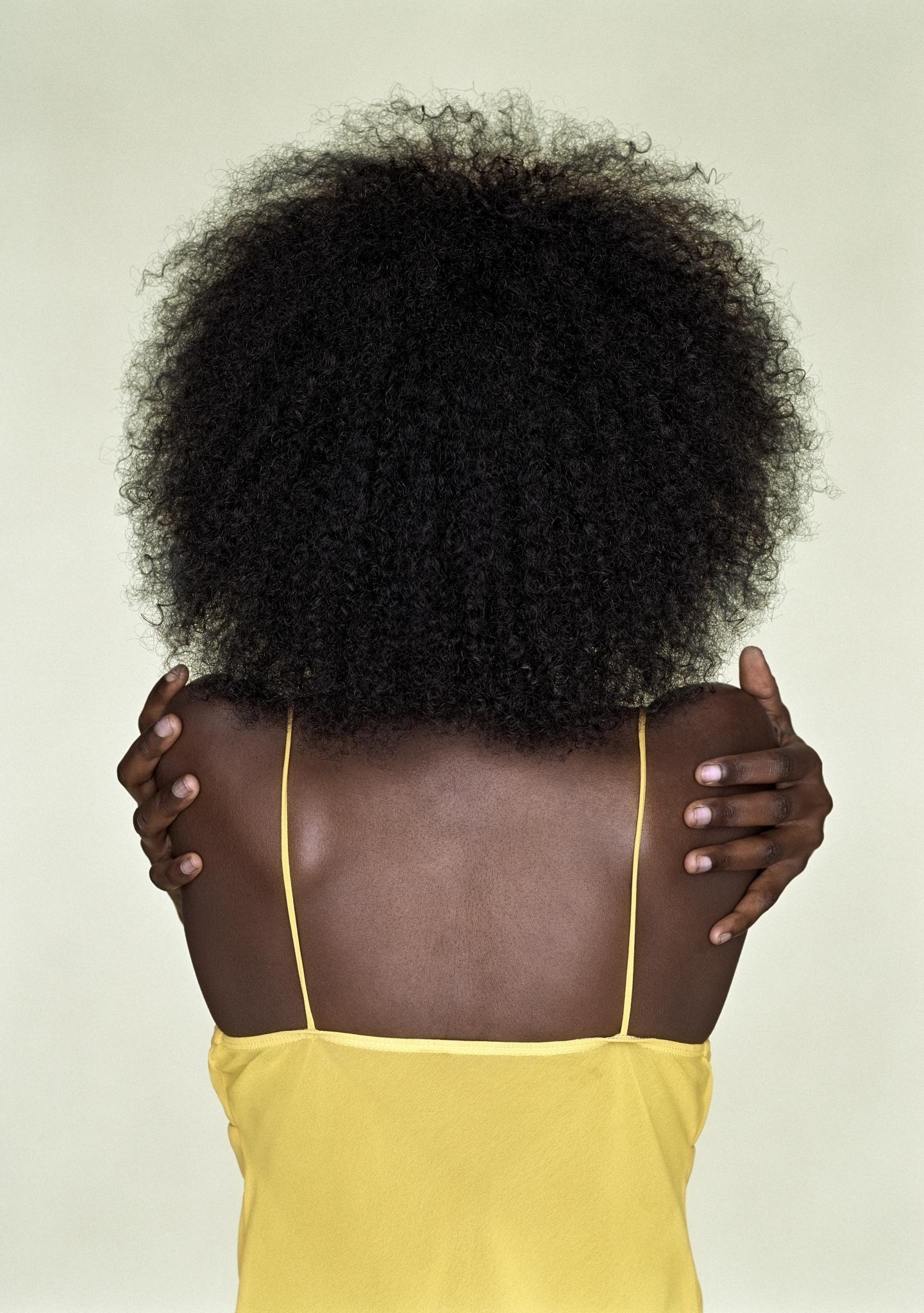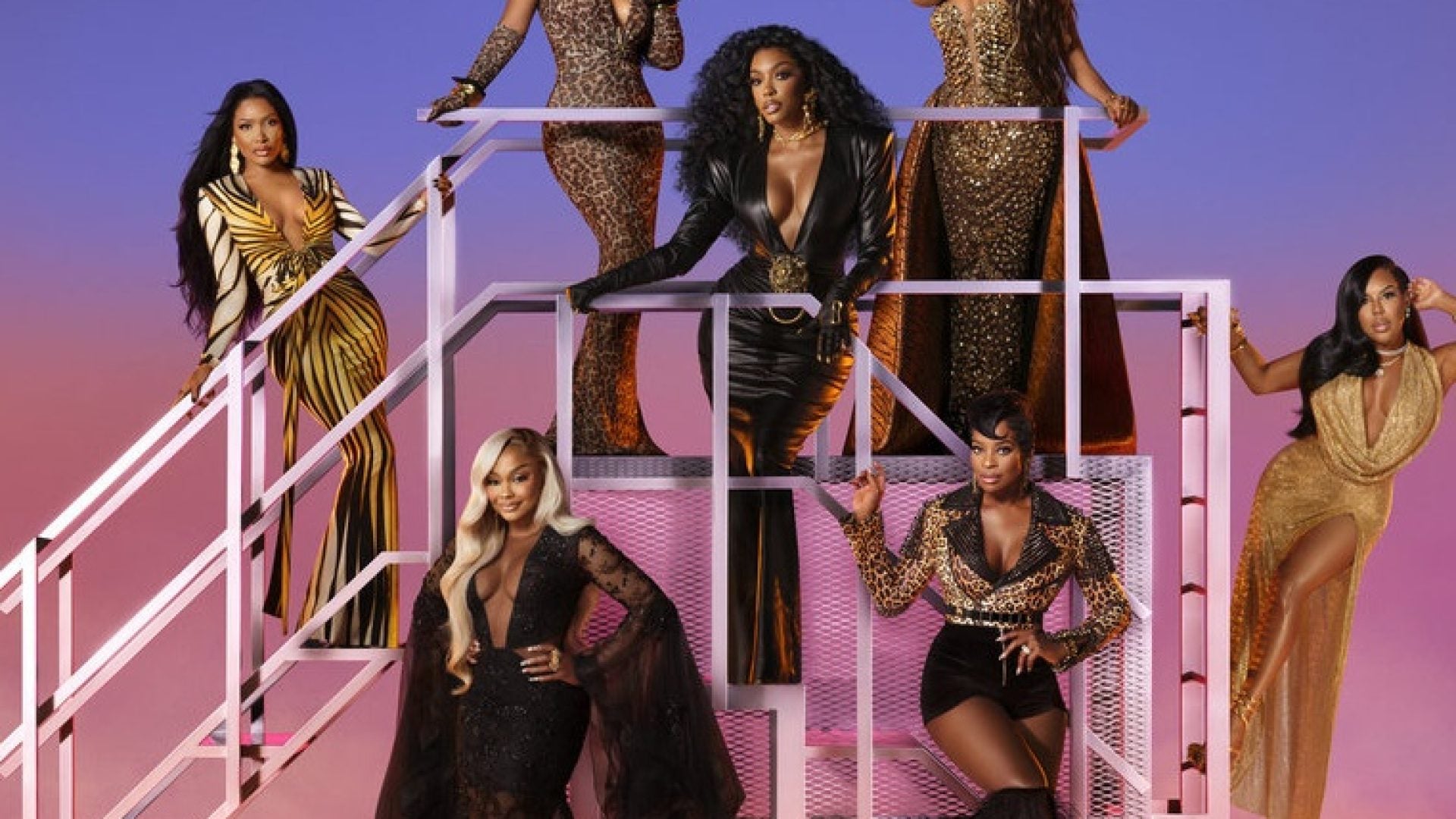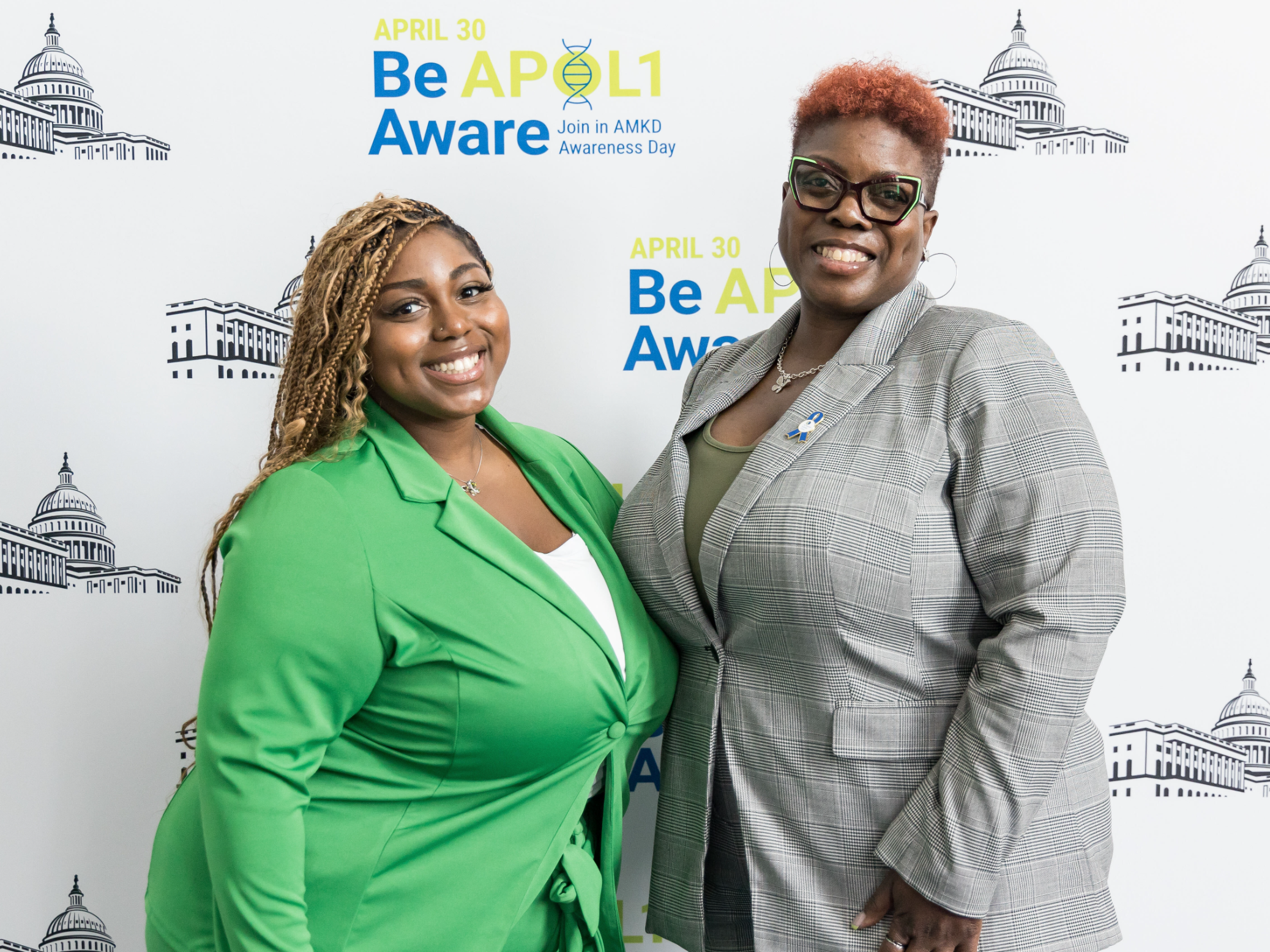
One of the most complex relationships a woman has is with her hair.
While it may seem trivial, our love-hate relationship with our hair is layered, complicated and for many of us, starts at a very early age. A girl’s first press is deemed a rite of passage and we all have horror stories of a relaxer gone wrong, being burned with a hot comb and getting in trouble for wetting our hair.
‘Hair On Purpose‘ — a non-profit organization dedicated to “helping young girls make healthy and purposeful decisions” about their hair — is working to make sure that no child feels like their crown is a burden. What began as a simple idea born on a bus trip between Washington, D.C. and New York City has emerged as one of the premiere youth empowerment programs for young girls. Last Saturday, the ‘Hair On Purpose’ conference kicked off an interactive day of hair education, activities, panels and styling suites catered to girls ages 10-17.
ESSENCE caught up with the organization’s founder, hair stylist Olubunkola “Bukky” Ojeifo, to learn more about the organization as it embarks on an ongoing journey to teach young women of color self love.
How did the idea for ‘Hair On Purpose’ emerge?
I love this question because it was born out of the desire to be able to provide for young girls what I wasn’t able to get when I was younger. I grew up with just my dad, who was responsible for taking care of me and taking care of me included my hair. He didn’t know anything [about hair], so my sister and I would have braids in our hair all year round. But when I was going into middle school and high school, I wanted to go to school with my own hair and I did everything under the sun to it and definitely not with a professional.
At first I just used weave and extensions because I liked it, but it almost became a way to conceal the damage I did to my hair over time. In high school, I kind of tried to diminish my identity. I went to a predominately White school, so I had straight hair and did everything to make sure that I fit in. I literally wanted to provide what I was unable to get when I was younger. I suffered from low self-esteem; I suffered from lack of identity, wanting to be someone else. I wanted to be someone else because I wasn’t happy with who I was.
I wanted girls around the world, but starting with girls in New York, to embrace themselves fully now no matter what. I think when they have older voices or people, that rapport to them, that they’ll walk away standing a bit taller, smiling a bit brighter because they’re happy about where they are.
I remember growing up in the ’90s, you had to have a sleek Aaliyah-like wrap and that was literally the only acceptable hairstyle. You were literally judged for not having straight hair. How different is the hair experience for girls now given that they have such a wide variety of hair representation?
When we were in school, we had the ability to disconnect. There was no social media. If you were bullied at school or someone made fun of you, you were able to go home and cry it out and be with your family that loves you. But now they don’t have that ability to disconnect. They’re always on. If you’re getting bullied or you don’t feel amazing, it follows you because of how many likes you may get on Instagram or how many retweets on Twitter.
So while there’s definitely more conversations about being natural and embracing your texture and your coils, but simply telling someone to embrace their texture or their coils doesn’t make them embrace their texture or their coils. What really happens is you have to empower them and you have to empower them through knowledge. This isn’t a natural hair movement program; it’s an empowerment program. We want to empower them with the tools and resources to make their own decisions. If you want to wear weaves everyday of your life you can, but protect your hair under it and protect yourself under it as well.
What are some ways parents can start instilling confidence in their daughters about hair?
I do an exercise where I have them look at different images that would be viewed differently by mainstream media. It can be a White woman with blonde hair, a Latina woman with curly hair, or a African woman with a kinky hair texture and talk about it like, ‘What would mainstream media say about this woman and what do you personally think?’ When you do an exercise like that, you really hear what the child is thinking and what the child has to say and you can take the conversation from there.
It also helps when parents are sharing and vulnerable about their hair experiences growing up.
Go through their social media and see what they’re seeing. You can tell a lot about what messages they are taking in on a daily basis. Find out what magazines they are subscribing to, what blogs they are visiting, what YouTube channels they are subscribing to and get a grasp on where their head is.
What’s your ultimate goal with ‘Hair On Purpose?’
What really makes me happy is at the end of a program, where we have transformation in a way where a girl can look in the mirror and be authentically proud and happy at what she sees. That doesn’t mean that you’re going to always like what you see, but it means that you love who you are and the reflection that you see.
I want to create an unapologetic generation of young women who are happy at who they are and understand that they are an ever-evolving version of themselves and they choose to be their best selves.
Learn more about how to get involved with Hair on Purpose, here.








